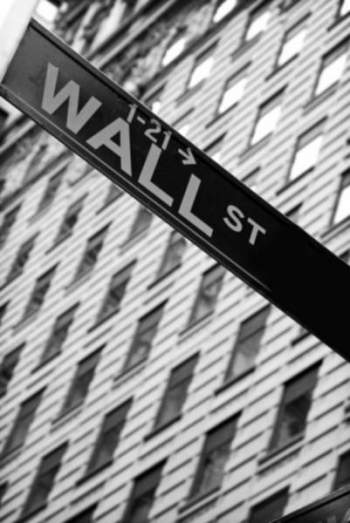
Wall Street: The Financial Capital of the World

Popular In Stock Market
Stock Option Options Nyse Call Option Stocks Share Prices Stock Prices Stock Ticker Stock Market Report Nso Us Stock Market Stock Quotes
What is Wall Street?
In a broad sense, Wall Street is the colloquial term for the financial district of New York City. Specifically, the name refers to the street running from Broadway to South Street on the East river. Over time, the name has become a metonym, which signifies the financial interests and activities of the nation. Wall Street is the permanent home of the New York Stock Exchange—the world’s largest stock market by market capitalization of its listed companies.In addition to the New York Stock Exchange, other markets have headquarters on Wall Street and the greater financial district, including the AMEX, NYMEX, NYBOT, and NASDAQ.
History of Wall Street
In 1626, the lower portion of Manhattan was the first area in New York to be settled by Europeans. Although there are differing accounts as to how the street got its name, the generally accepted theory derives from the presence of an earthen wall laid on the northern boundary of the New Amsterdam settlement. Regardless of the etymology, the street, because of its port location, became a hub for commerce and trade.
In 1792, the marketplace formalized through the associated of the Buttonwood Agreement, which loosely established the basis of the New York Stock Exchange. The Buttonwood Agreement created a structured marketplace though the regulation of manipulative auctions; all persons signing the act agreed to charge a standard commission rate for each transaction, those who refused to sign could still participate but would be charged a higher commission for transacting in the marketplace.
In 1789, Wall Street was the location of the first US presidential inauguration, when George Washington took the oath of office on the balcony of Federal Hall on April 30, 1789.
In the Nineteenth century Wall Street, with the opening of the Erie Canal in the early 1800s, became a booming port for business. During this century--because of the infiltration of businesses--the majority of residents moved north to midtown.
In 1884, Charles Dow began tracking 11 stocks (mostly railroads), and calculated the average prices for the bundle. When the average prices consistently rose, he deemed it a bull market condition; in contrast, if the averages plummeted, it was a bear market. Dow accomplished this calculation by adding up the prices and dividing the number of stocks—referred to as the Dow Jones average.
During the 20th century, business on Wall Street initially boomed. Major Banks, such as J.P. Morgan established headquarters on Wall Street and the stock market expanded to a fully-functional stock market. During this era, the corporate culture of New York developed into the world’s primary center for the construction of skyscrapers.
As the nation grew and finance became the foundation of New York City a growing number of Americans began investing in the stock market. Although a novel idea, the prosperity of the times and the evolution of the market gave way to the great depression.
Currently, Wall Street is still home to the aforementioned markets and is still considered the hub for financial transactions in the United States.
NEXT: What is the Bombay Stock Exchange?


















